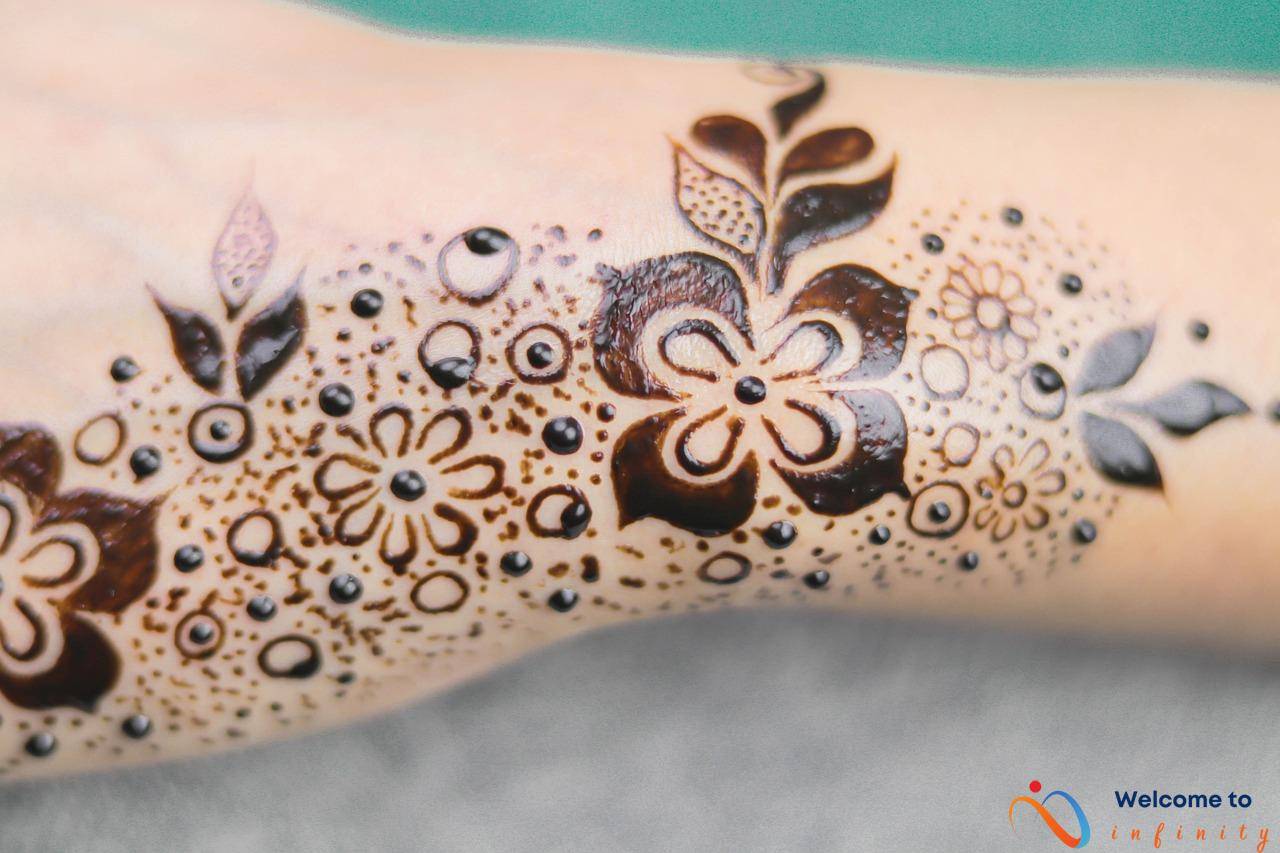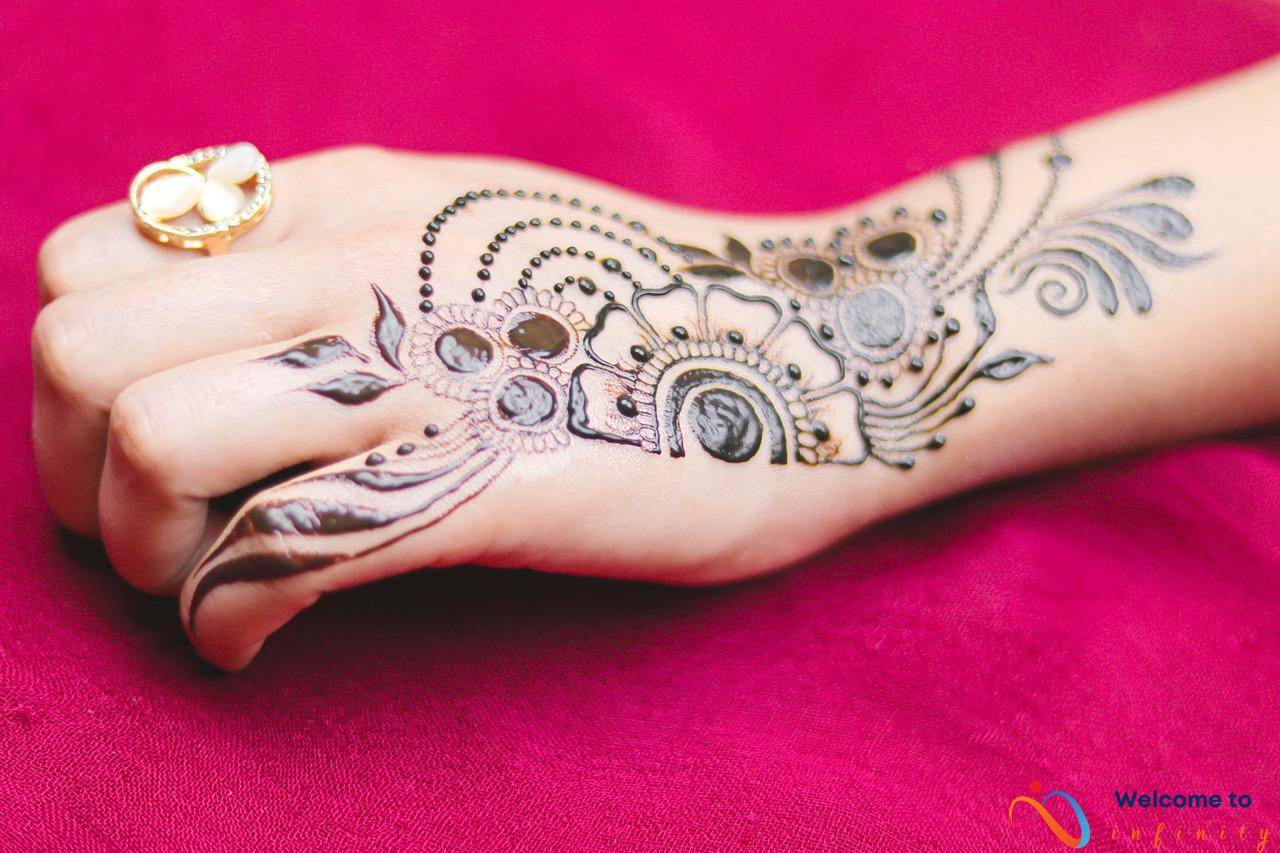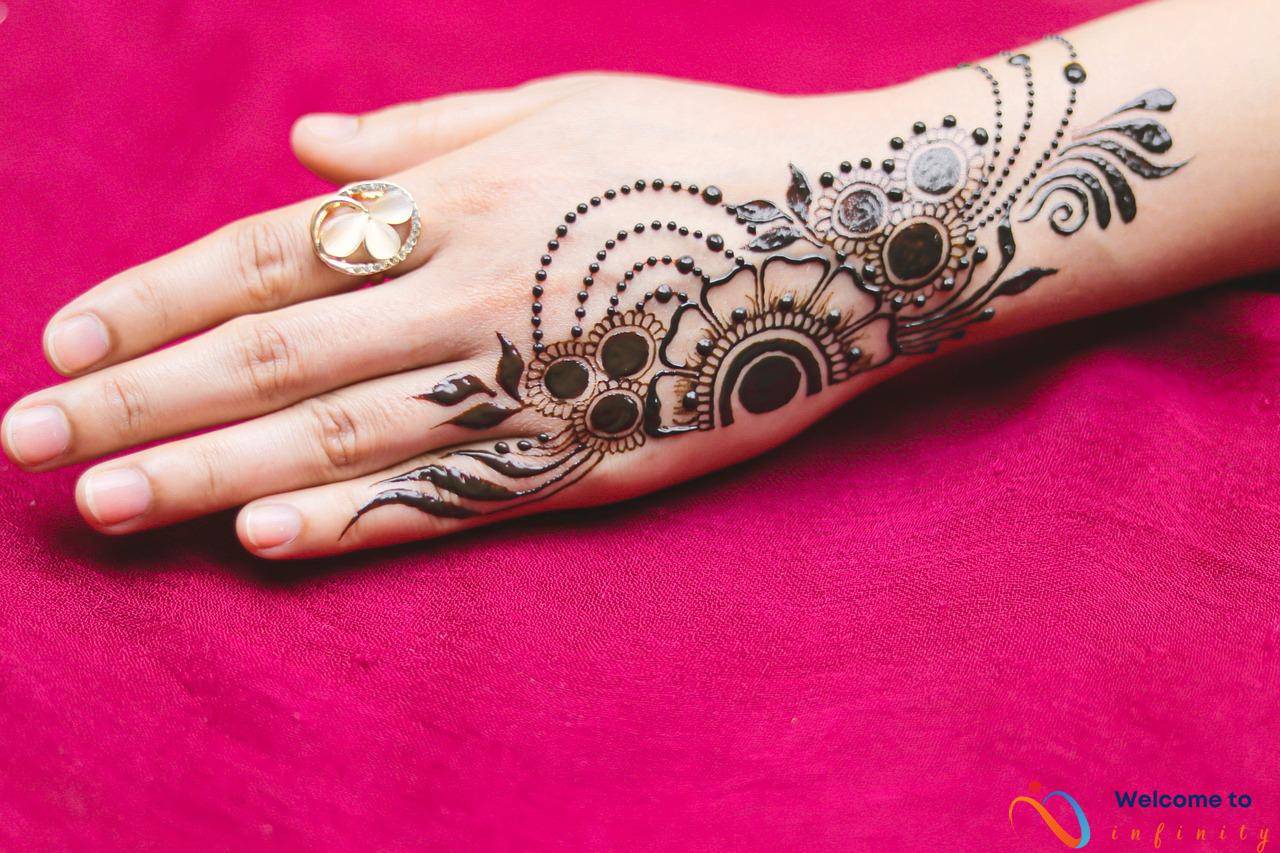If you're a fan of comic books, you're probably aware of the growing trend of people getting tattoos inspired by their favorite comic book characters. From Superman to Spider-Man, these tattoos have become increasingly popular in recent years – and for good reason. In this article, we'll explore the origins of comic book tattoos and what makes them so special, as well as their popularity and evolution as a unique subculture.
Comic book tattoos have been around for decades, with the first designs appearing as early as the 1940s. In those days, the most popular characters were Superman, Batman, and Wonder Woman, and their logos and symbols soon appeared as tattoos on the skin of devoted fans. But it wasn't until the rise of mainstream comic book culture in the 1980s that these tattoos really took off.
Today, comic book tattoos are more popular than ever, and there are many reasons for their appeal. For one, they allow fans to show their love and support for their favorite characters in a permanent and meaningful way. The dynamic designs and vibrant colors of comic book art also make for visually stunning tattoos that really stand out.
- But perhaps the most important factor in the popularity of comic book tattoos is the sense of identity and community they provide. By getting a tattoo of your favorite comic book hero, you're joining a worldwide community of fans who share your passion for these incredible stories and characters. And thanks to social media, it's easier than ever to connect with other comic book tattoo enthusiasts and show off your own ink.
In the coming years, we can expect to see even more creative and exciting comic book tattoos, as artists continue to push the boundaries of this vibrant art form. And as the subculture of comic book tattoo fans continues to grow and evolve, we can look forward to even more exciting developments and innovations in this unique and dynamic field.
The Origins of Comic Book Tattoos
The origins of comic book tattoos can be traced back to the early days of comic books themselves, when superhero characters such as Superman and Batman first made their appearances in the pages of comic books. As these characters gained popularity among readers, they also began to find their way into other areas of popular culture, including fashion and art. It wasn't long before fans of these characters began tattooing themselves with images of their favorite superheroes and villains.
The first comic book characters to be used as tattoo designs were largely limited to a handful of iconic figures from the early days of the medium. Superman, Batman, and Wonder Woman were among the most popular choices, with their bold, colorful designs and strong, heroic attitudes making them ideal subjects for tattoo art.
As comic book culture continued to evolve and expand, so too did the range of characters that were used as tattoo designs. From the antiheroes of the 80s and 90s, such as Wolverine and the Punisher, to more recent characters like Deadpool and Harley Quinn, comic book tattoos have become an increasingly diverse and varied expression of fandom and personal identity.
The Popularity of Comic Book Tattoos
Comic book tattoos have become increasingly popular in recent years, with more and more fans choosing to ink their bodies with their favorite characters. For many fans, these tattoos are not just a way to show their love for the source material, but also a way to connect with the characters on a deeper level.
One reason for the popularity of comic book tattoos is the rich and vibrant world of comic book art. With bold colors, dynamic designs, and larger-than-life characters, comic book art captures the imagination like few other mediums. By getting a tattoo of their favorite character or scene, fans can bring that artwork to life on their bodies.
Another factor driving the popularity of comic book tattoos is the rise of social media. With the ability to share photos and connect with like-minded individuals from around the world, social media has created a sense of community among comic book fans and tattoo enthusiasts. This has helped to spread the word about the beauty and appeal of comic book tattoos, inspiring more and more people to get inked with their favorite characters.
But perhaps the most compelling reason for the popularity of comic book tattoos is the sense of identity and self-expression they provide. For many fans, these tattoos are powerful symbols of their passions, and a way to express their unique personalities and values. By getting a tattoo of a beloved comic book character or scene, fans can show the world who they are, and what they stand for.
In short, comic book tattoos have become increasingly popular in recent years because they offer fans a way to connect with the rich and vibrant world of comic book art, to join a community of like-minded individuals, and to express their identities and passions in a powerful and meaningful way.
What Makes Comic Book Tattoos Special?
Comic book tattoos have a distinct appeal that sets them apart from other forms of body art. One of the main reasons for their popularity is their bold and vibrant colors. Comic book art is known for its striking use of color that adds depth and detail to the storylines and characters. These colors translate well into tattoo designs, making them stand out and catch the eye.
In addition to their use of color, comic book tattoos also feature dynamic designs that capture the action and movement of the characters. From Spiderman swinging through the city to Batman leaping from a rooftop, these tattoos convey a sense of energy and excitement. They also offer a way for fans to showcase their favorite characters and to connect with them on a deeper level.
Comic book tattoos are also unique in their ability to combine different elements from various storylines and characters. This allows for highly personalized designs that reflect the wearer's individual tastes and interests. For example, someone could create a tattoo featuring Batman and The Flash teaming up to fight a common enemy, or a design featuring Wonder Woman and Spiderman in a romantic embrace. The possibilities are endless, and this level of customization makes comic book tattoos even more appealing to enthusiasts.
- Comic book tattoos are bold and vibrant, making them stand out and catch the eye.
- These tattoos convey a sense of energy and excitement, capturing the action and movement of the characters.
- Comic book tattoos allow for highly personalized designs, combining elements from different storylines and characters to reflect the wearer's individual tastes and interests.
The Role of Social Media
One of the biggest contributors to the rising popularity of comic book tattoos is social media. With the rise of platforms such as Instagram and Pinterest, it has become easier than ever for fans to share their love for their favorite comic book characters and their tattoos.
These platforms have given birth to communities of fans who share their ink online, showcasing their unique interpretations of popular comic book characters. Hashtags like #comicbooktattoos have allowed fans to connect and share their love for their favorite superheroes, and in turn, this has created a sense of belonging and identity for those who might feel marginalized or misunderstood by mainstream society.
Furthermore, popular comic book pages and groups on social media platforms have allowed fans to connect and share their passion for superhero culture. Thanks to these pages, fan art and tattoo designs can be easily accessed and shared around the world, helping to spread the trend of comic book tattoos globally.
It's clear that social media has played a crucial role in the spread of comic book tattoo culture. By bringing fans together and creating communities, social media has broadened the appeal of comic book tattoos. It has allowed fans to share their unique designs and interpretations of popular characters, and has helped to create a sense of belonging and identity that's often hard to find in today's society.
The Psychology of Comic Book Tattoos
Comic book tattoos have become an increasingly popular way for fans to express their love for their favorite comic book characters, and for many people, these tattoos can hold deep emotional and psychological significance. One major reason that people get comic book tattoos is that they provide a sense of identity and belonging, allowing fans to feel like they are part of a larger community of like-minded individuals.
Another factor that motivates people to get comic book tattoos is the desire for self-expression. For many fans, comic book characters represent ideals and traits that they admire, and getting a tattoo of a particular character can be a way to show the world what they value and stand for.
Comic book tattoos can also serve as reminders of significant moments or life lessons. For example, someone who has struggled with addiction might get a tattoo of Iron Man, who has his own struggles with alcoholism in the comic books. This tattoo would not only represent their love for the character, but also serve as a reminder of their own journey towards recovery.
Overall, comic book tattoos are deeply personal expressions of identity and values, and can hold great meaning for those who get them. Whether it's to show support for a favorite hero, express one's own individuality, or remember important life lessons, comic book tattoos are a powerful and enduring form of self-expression.
Comic Book Tattoos in Popular Culture
Comic book tattoos have not only become increasingly popular with fans, but they have also made their way into popular culture, permeating the worlds of fashion and celebrity. From runway models sporting comic book-inspired tattoos to celebrities flaunting their ink on social media, the love for comic book tattoos is evident.
Comic book tattoo designs have been used by famous fashion designers as well, with collections featuring colorful and bold graphics inspired by comic book characters. This trend has influenced streetwear fashion and has seen more people adopting comic book inspired styles.
Celebrities from all genres and industries have also jumped on the comic book tattoo trend, with many opting for designs inspired by their favorite heroes. Chris Hemsworth, known for his roles in the Marvel Cinematic Universe, has a Thor-inspired tattoo on his arm, while fellow Marvel star Robert Downey Jr. sports an intricate Iron Man design on his chest.
The impact of social media cannot be overlooked in the increasing popularity of comic book tattoos in popular culture. Many fans share their ink on various platforms, showcasing their love for their favorite comic book characters and connecting with other like-minded individuals. This has created a community that not only appreciates comic book art but also celebrates it through tattoos.
The presence of comic book tattoos in popular culture is only growing, with more people embracing and celebrating the art form. Whether it is in fashion, amongst celebrities, or simply amongst fans, the love for comic book tattoos is not going anywhere anytime soon.
The Future of Comic Book Tattoos
Comic book tattoos have certainly come a long way from being just a niche trend. They have become increasingly popular in recent years, thanks to the rise of superhero movies and TV shows, and social media. But where is this trend headed? Will it continue to grow in popularity or fade away into a niche interest?
It seems likely that comic book tattoos are here to stay. With the Marvel and DC universes expanding through movies and TV shows, comic book characters have become even more ubiquitous in popular culture. This means that more and more people are being exposed to these characters, and some of them are likely to want to get a tattoo of their favorite hero or villain.
At the same time, however, it's important to note that not everyone wants a tattoo. Some people may love superheroes and the culture around them, but may not be interested in getting inked themselves. And even among those who do want a tattoo, comic book designs may not be the first choice for everyone.
That being said, the future of comic book tattoo culture will likely be shaped by the evolution of tattoo art itself. As tattoo artists continue to explore new techniques and styles, they will create new and exciting ways to represent comic book characters. This will likely lead to even more unique and vibrant designs that capture the essence of these beloved characters.
Ultimately, whether or not comic book tattoos remain a mainstream trend or become a niche interest, they will likely continue to serve as a vibrant form of self-expression for those who love these characters and the culture surrounding them. And as the art of tattooing continues to evolve and grow, we can look forward to even more exciting and dynamic comic book-inspired designs in the future.
The Evolution of Comic Book Tattoo Art
Comic book tattoos have come a long way, from simple black outlines to incredibly detailed designs that incorporate stunning colors and shading techniques. Artists are constantly pushing the boundaries of what is possible with comic book-inspired tattoos, creating pieces that are works of art in their own right.
One of the latest trends in comic book tattoo design is the use of watercolor techniques. Artists use this style to create stunning bursts of color, blending shades seamlessly to give the impression of a painting coming to life on the skin. This technique is perfect for designs inspired by characters like Wonder Woman or Spider-Man, who are known for their vibrant costumes.
In addition to watercolors, artists are also incorporating more realistic elements into their comic book tattoo designs. This means using shading techniques to create three-dimensional effects that make characters look as if they are jumping right off the skin. By incorporating highlights and shadows, artists are able to create the illusion of depth, giving even more life to already animated characters.
Finally, comic book tattoos are also becoming more creative in their use of space. Rather than simply tattooing a character onto an arm or leg, artists are creating elaborate designs that span multiple parts of the body. For example, a tattoo inspired by The Avengers might include Captain America on one arm, Iron Man on the other, and the group's iconic logo across the chest. These designs not only look amazing but also show off an individual's love of the comic book world like never before.
Comic Book Tattoos as a Subculture
Comic book tattoos have evolved into a unique subculture with its own language, social norms, and shared values. In this subculture, fans of comic book heroes come together through their love of tattoos inspired by their favorite characters. This shared interest has created a sense of community and belonging among enthusiasts, making comic book tattoos much more than just a piece of ink on the skin.
One of the unique aspects of comic book tattoo culture is the way in which it has developed its own language. Tattoo enthusiasts use specialized vocabulary to describe their tattoos, from describing the thickness of lines to the style of inking. This shared vocabulary allows fans to connect on a deeper level and understand each other's tattoos.
Furthermore, social norms are also an integral part of comic book tattoo culture. Fans often have specific rules about how to behave in tattoo parlors and during tattooing sessions. These unwritten rules ensure that everyone is respectful and creates a positive environment for tattooing.
Shared values are also an important part of this subculture. Enthusiasts of comic book tattoos value creativity, individuality, and artistic expression. These values are reflected in the tattoos themselves, with unique designs that capture the essence of a particular character and showcase the wearer's unique style.
Overall, comic book tattoos have become much more than just a trend; they are a unique subculture with its own language, social norms, and shared values. It has become a way for fans to connect, express themselves, and showcase their love for their favorite heroes. As this subculture continues to evolve, it will be exciting to see how it shapes the tattoo industry and impacts popular culture.










